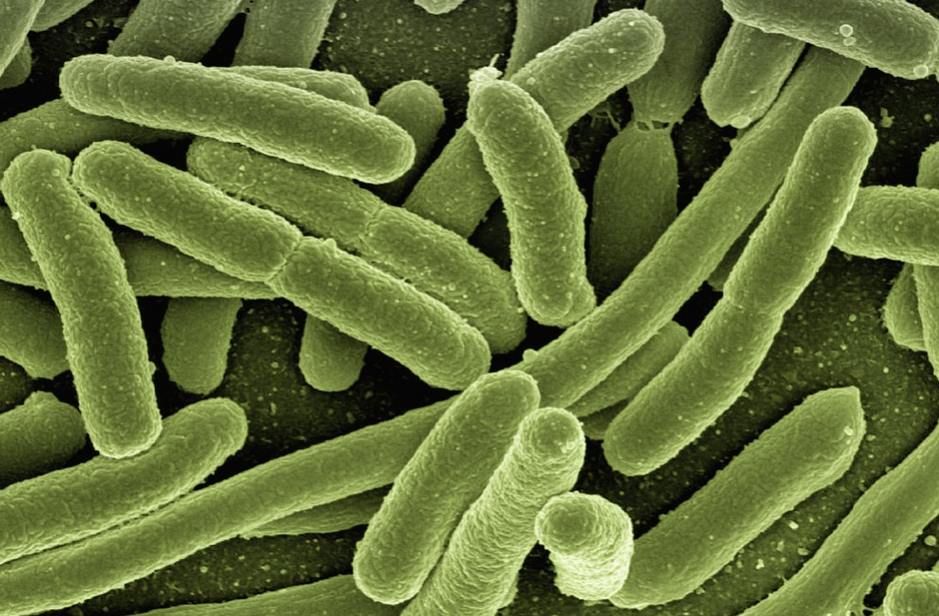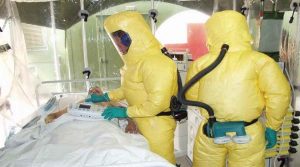
UN goes to war against superbugs – the greatest threat to modern medicine
UN goes to war against superbugs: the biggest threat to modern medicine
193 members of the United Nations have signed a declaration to fight antibiotic-resistant bacteria. According to the organization’s estimates, such superbugs kill about 700,000 people a year, but other figures put the number of victims in the tens of millions.
In the UN declaration, the bacteria, whichóthat are resistant to antibiotics, has been „the biggest threat to the world of geoglyphsómodern medicine”. A good sign is the result of research thatóre have shown that over the past few years, there has been a surge in awareness of antibiotic resistance in bacteria. Antibiotic-resistant bacteria is only the fourth topic ever on a medical issue to be addressed at such a high level forum.
About the threat of superbugs móThe discovery is significant, as was stated already in 1945 by penicillin discoverer Alexander Fleming while receiving the Nobel Prize for the isolation of the active ingredient penicillin, whichóra is still a component of the most commonly used antibioticsów. – There is a danger that an uninformed person can easilyób, by taking too high doses, make the bacteria resistant to antibiotics – móhas.
The signatories of the declaration pledged to support research on new antibiotics, raise public awareness of the threat of resistant bacteria, and develop a system to oversee and regulate the use and sale of antibioticsów.
– This is a very serious matter indeed. Antibiotic-resistant bacteria kill hundreds of thousands of people worldwide. There will be even more victims if nothing is done – said Professor Mark Woolhouse from the Institute of Epidemiology andóInfectious diseases at the University of Edinburghóry welcomed the news of UN action.
According to estimatesóat the UN, drug-resistant bacteria kill about 700,000 people a yearób around the world. Independent researchers believe the data are underestimated. Victims of bacterial resistance to antibiotics can only be measured in rich societies, because only there such cases are monitored.
According to a report commissioned by the British government, whichóry was published in May this year and was made by Jim O'Neill, the number of deathsódue to the bacteria’s resistance to drugs runs into millions. In a report móIt is estimated that 10 million people will die of the disease by 2050óin waspsób per year. Superbugs cause more deathsóthan cancer. O’Neill believes that doctors should be banned from prescribing antibioticsówhen they are not really necessary.
The mutation rate of the bacteria in the video
How quickly bacteria become resistant can be learned from a unique paper published last week by researchers from Harvard University and the Israel Institute of Technology. On króIn this video, they show how the evolution of bacteria works. The footage shows 12 days in the life of 500 generations of the dangerous bacterium E. coli.
In the video, we see a vessel in whichóThe area in which the bacteria are cultivated is divided into zones with aóThe report was commissioned by the British government. The closer you get to the center, the higher the concentration, but that doesn’t stop the bacterial growth, whichóThe bacteria continue to mutate and become more resistant to increasingly powerful doses of antibiotic.

